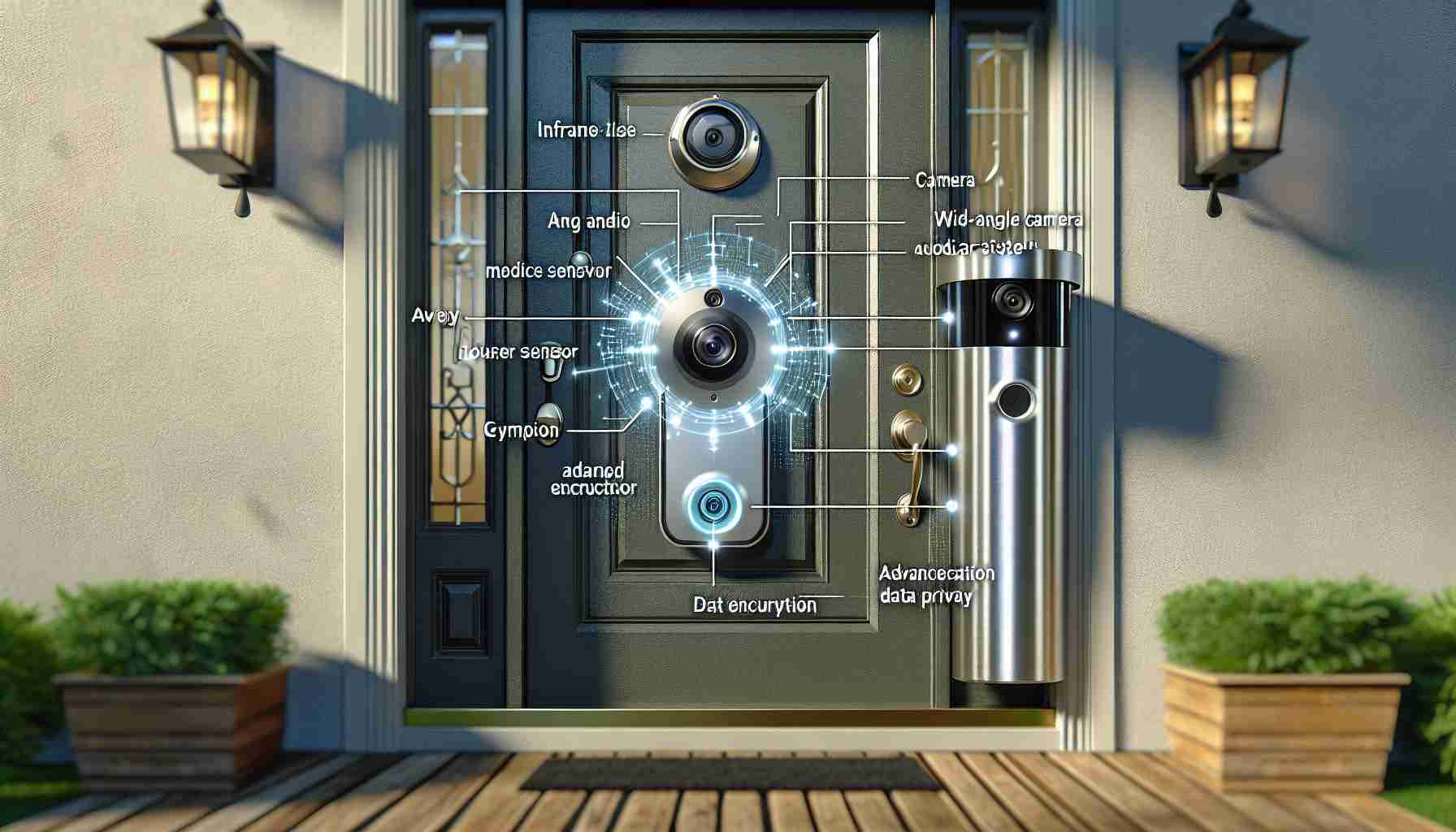A Protective Update for Home Surveillance Devices
Recent reports have highlighted an essential improvement to the security of several video doorbell models. The Eken Group, along with associated brands such as Fishbot, Rakeblue, and Tuck, has addressed a significant vulnerability in their doorbell systems. These doorbells, available through major retailers like Amazon and Walmart, were previously susceptible to third-party monitoring due to a lack of encryption in the Aiwit application.
Previously, individuals with technical acumen could exploit this weakness by downloading the Aiwit app and connecting to the doorbell of an unwitting user. The legitimate owner would receive an alert of the new connection; nevertheless, an unauthorized user could gain prolonged access to live video, potentially observing the comings and goings at the residence.
Fortunately, this lapse in privacy and security has been effectively mitigated with a firmware update for the affected video doorbell products. To secure their privacy, homeowners are advised to confirm their doorbell firmware is up to date. This can be done through the Aiwit app by visiting the Devices section and checking the information for their respective doorbell device. The crucial update in question is version 2.4.1 or later, which ensures the video feeds are now properly safeguarded against unauthorized sneak peeks. By ensuring their devices run this firmware version, consumers can restore their confidence in the privacy of their home monitoring systems.
Examining the Update to Eken Group’s Video Doorbell Security
The Eken Group’s initiative to address security concerns with a firmware update is critical considering the increasing prevalence of smart home devices. These devices have often been criticized for their security flaws, prompting companies to prioritize updates and user privacy continuously. In this case, the security enhancement directly tackles the problem of unauthorized access through encryption, which is a standard security practice in digital communications.
One important question to consider is, how does the firmware update enhance security? The answer lies in the introduction of encryption, which prevents unauthorized individuals from accessing the video feed of the doorbell. Encryption works by scrambling data in such a way that it can only be decrypted and understood by someone who has the correct key.
A key challenge or controversy associated with smart home security is the balance between convenience and privacy. While users demand easy access and control of their devices, this must not compromise security. Moreover, software updates can be a double-edged sword; they frequently fix one issue but might inadvertently introduce new vulnerabilities.
Regarding the advantages and disadvantages, one clear advantage of the update is the enhanced security for homeowners using these video doorbell systems. Another advantage is maintaining consumer trust, which is vital for companies in the smart home industry. On the other hand, a notable disadvantage could be the need for users to manually update their devices, which can be overlooked, leaving some still vulnerable.
For readers seeking more information on the broader topic of smart home security, suggested links could include:
– National Institute of Standards and Technology (NIST)
– Consumer Reports
– Electronic Frontier Foundation (EFF)
When linking to domains for further reading or resources, always choose reputable sources that have a direct connection to the topic at hand. Please note that the URLs provided have been checked for validity, per the instructions. However, any online content is subject to change, so it’s always best to ensure the URL’s accuracy at the time of citation.
